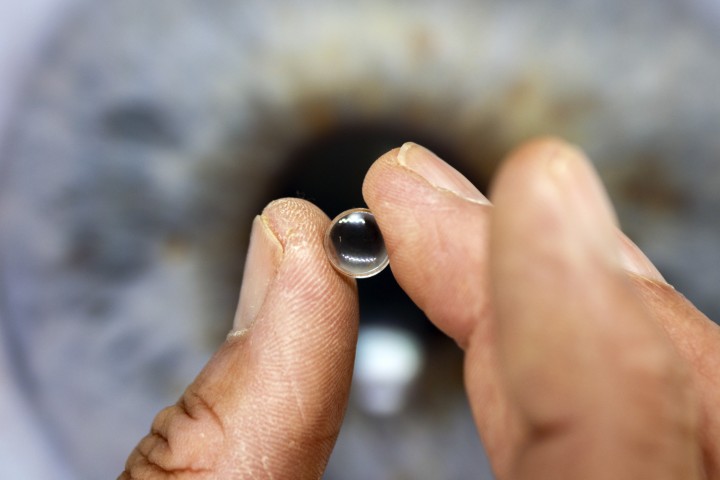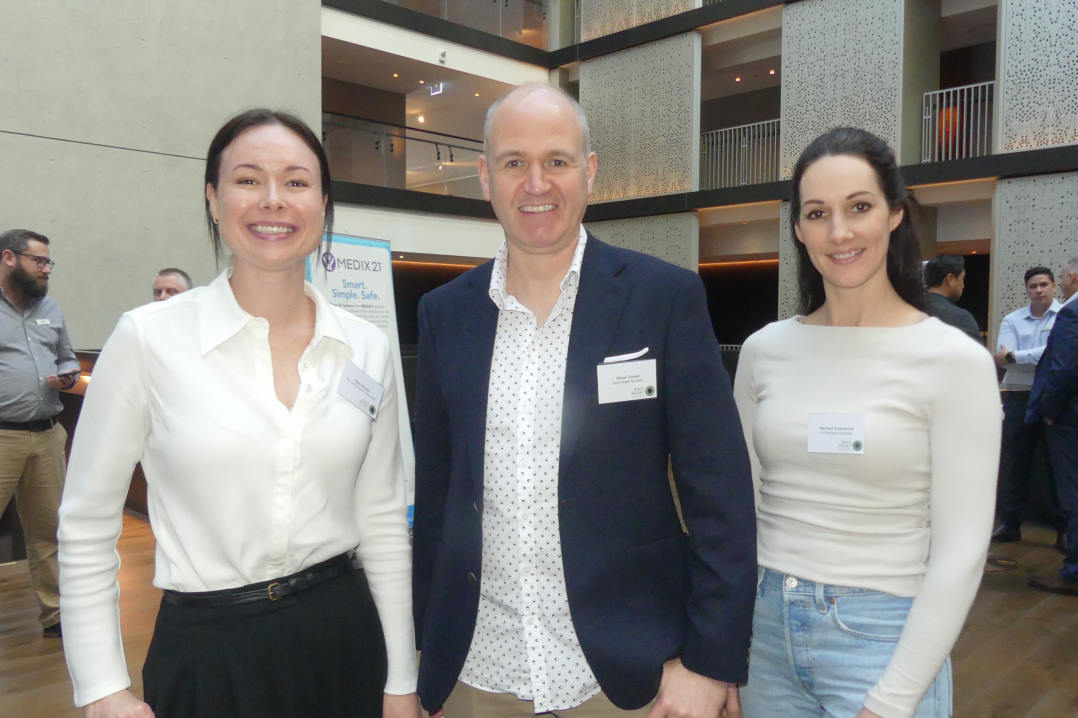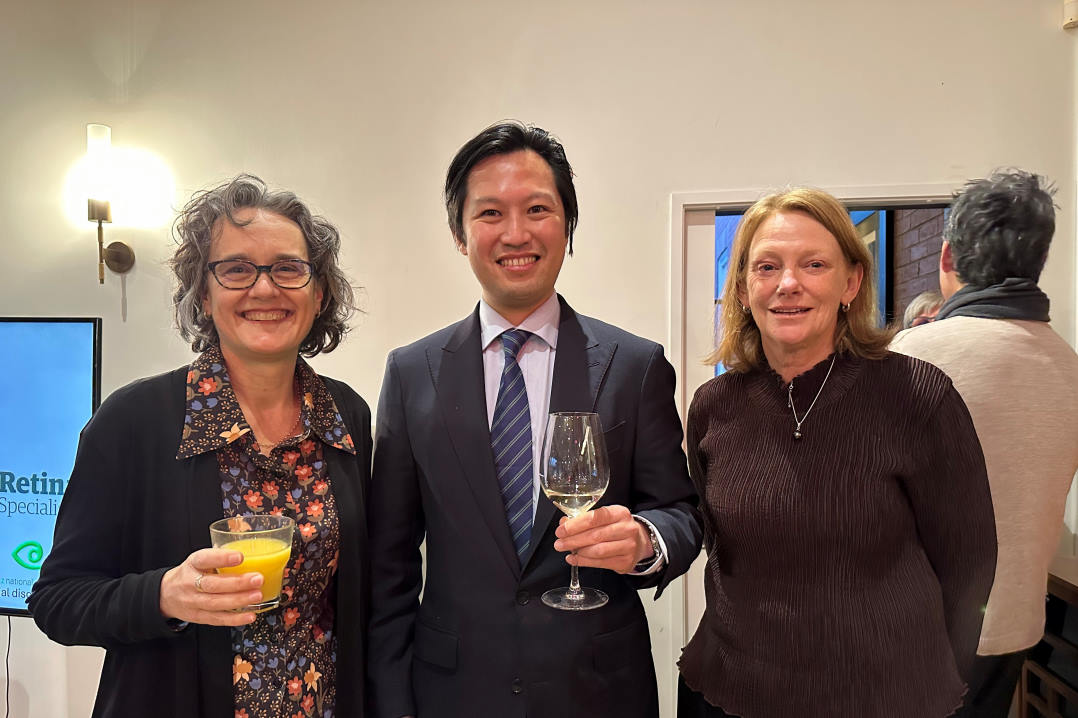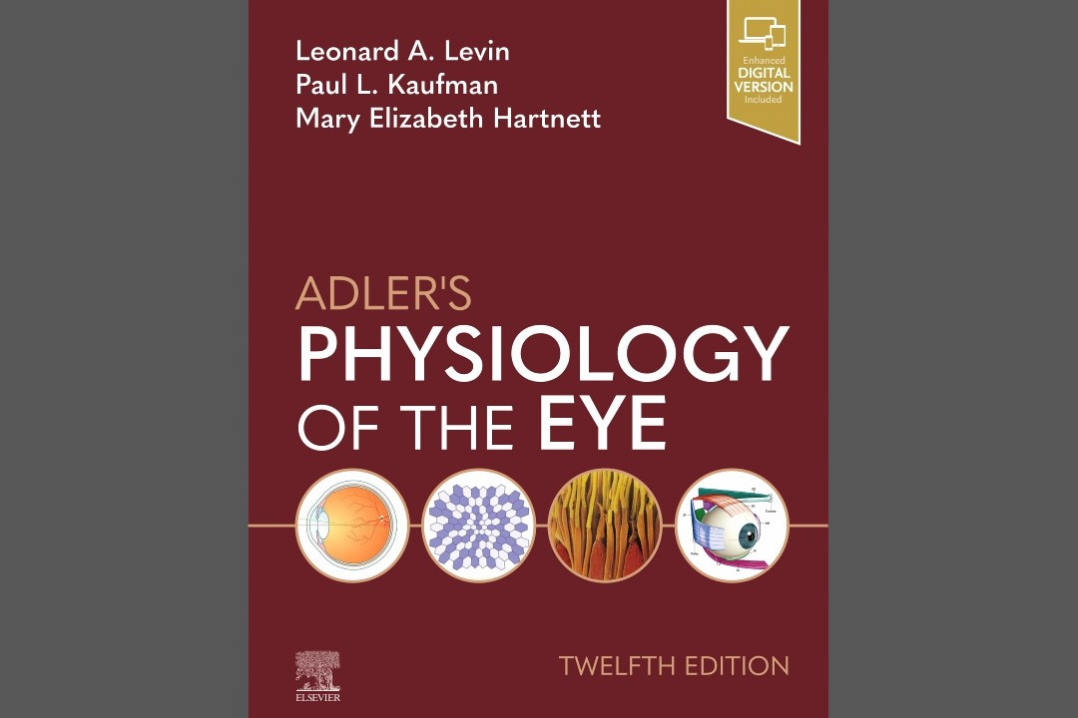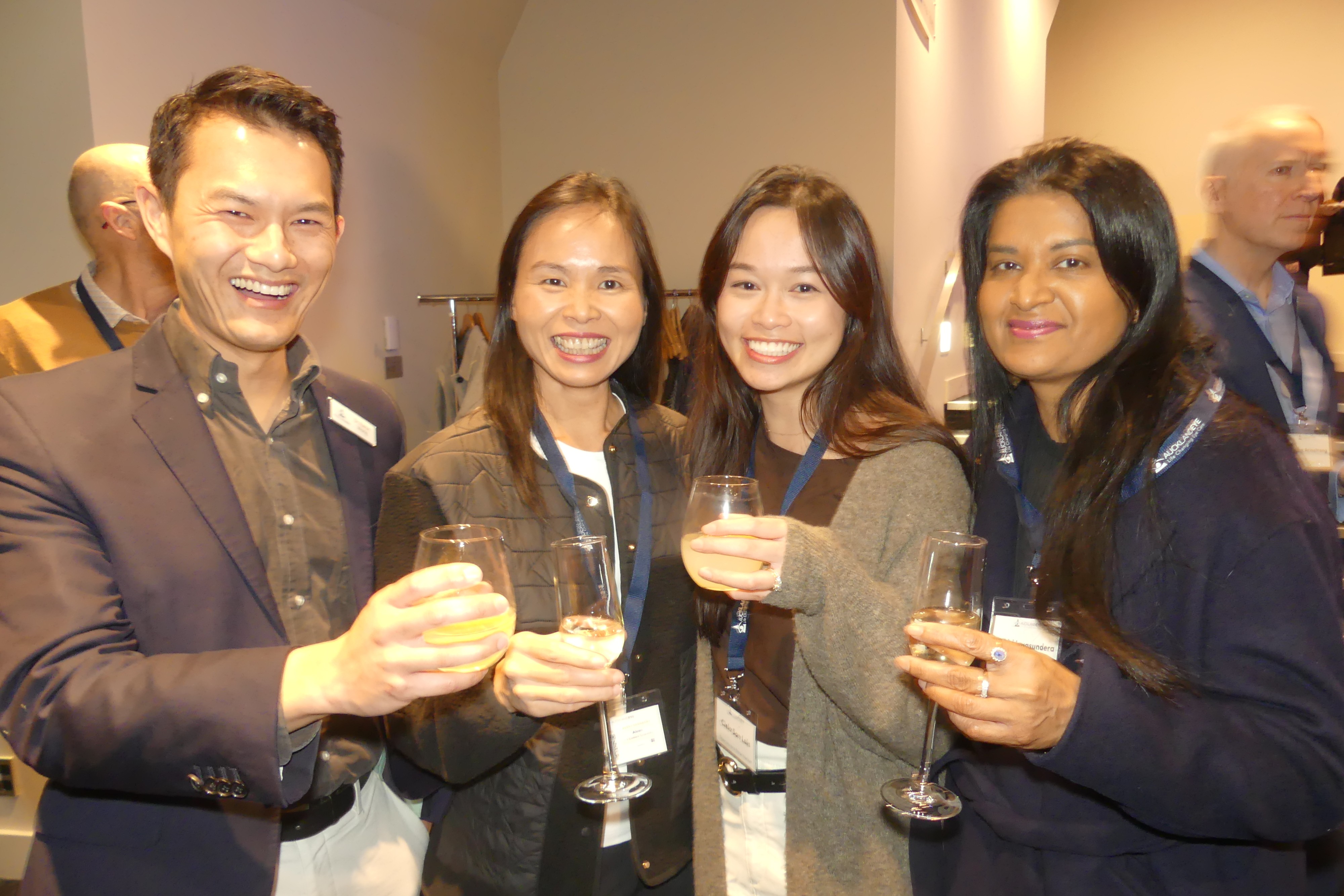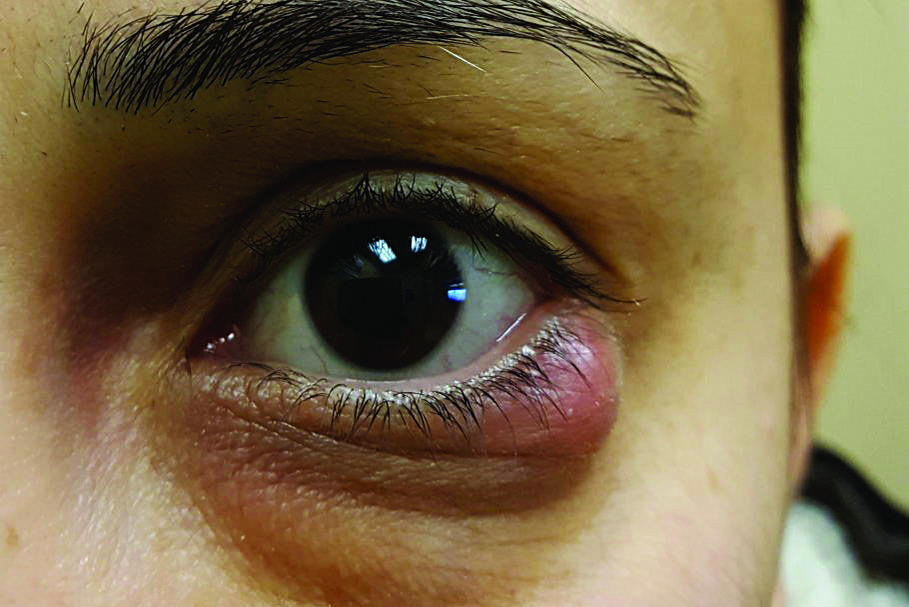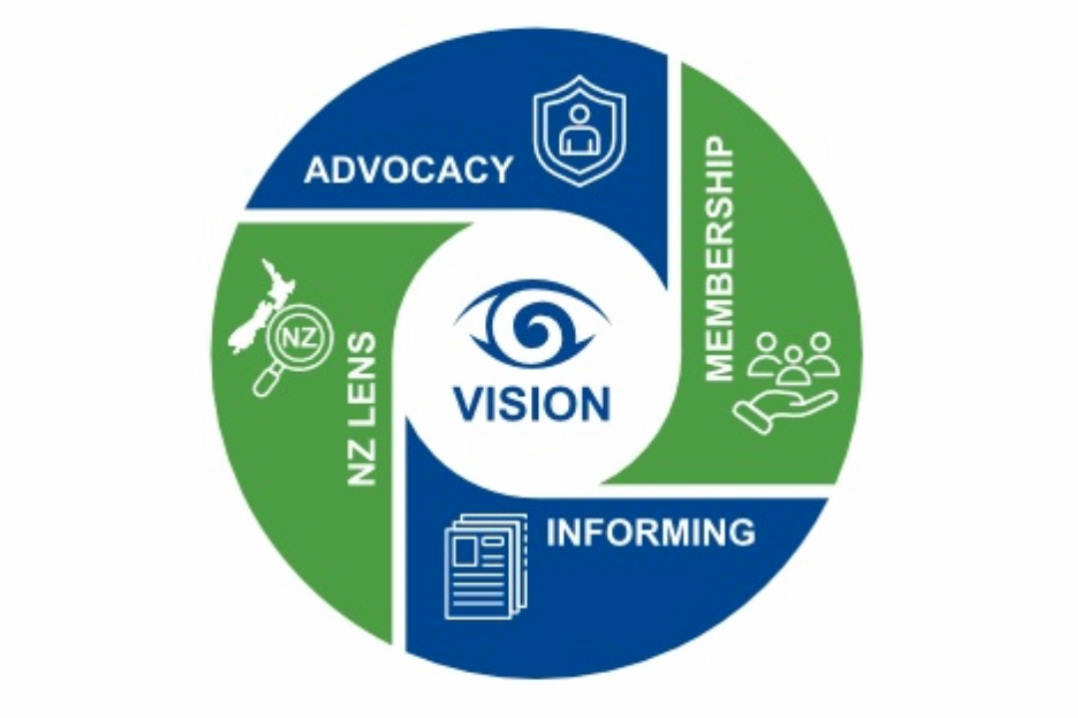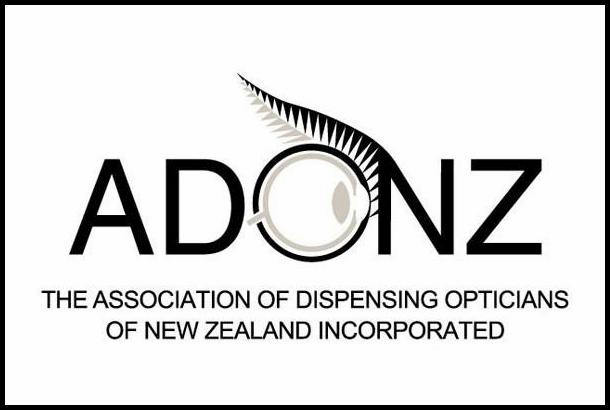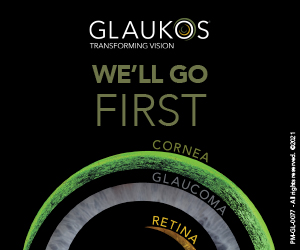Dunedin, home to early intraocular lens
Seventy-five years ago, Sir Harold Ridley revolutionised cataract surgery and the future of vision restoration with his invention of the first intraocular lens (IOL). This breakthrough transformed vision care and improved the quality of life for millions of people around the world, benefiting more than 30 million individuals each year.
The story of the IOL begins in the midst of World War II when Dr Ridley, an ophthalmologist at London’s St Thomas’ Hospital and Moorfields Eye Hospital, made a crucial observation. He noted that pilots’ eyes injured by plastic fragments from aircraft windshields experienced no adverse inflammatory reactions. His curiosity led him to explore the potential of using artificial materials in cataract surgery to restore refraction.

Sir Harold Ridley
At that time, cataract surgery left patients without a lens, forcing them to rely on thick, heavy glasses to see clearly. In 1949, after years of research and development, Dr Ridley performed the first successful intraocular lens implantation. Though initially met with scepticism and resistance from some of his peers, his perseverance and vision changed the field of ophthalmology and optometry forever.
Over the next few years, as he refined the design of the lens and the implantation technique, IOLs in cataract surgery became more widely adopted. By the 1970s, their use had become standard practice. Modern IOLs correct vision but also address refractive issues such as myopia, astigmatism and presbyopia. With advancements in technology, lenses offer patients clearer vision at all distances, with multifocal lenses, trifocal lenses, extended depth of focus and spiral models. We can improve vision to achieve a better quality than ever before.

The lens and a couple of cataracts
As part of the 75th anniversary celebrations, we are proud to share a picture of one of the very first IOLs designed, which is housed in Dunedin. This 1950 lens holds historical significance as one of the earliest models created after Dr Ridley’s first successful implantation in 1949. The late Emeritus Professor John Parr, an ophthalmologist who worked closely with Dr Ridley at Moorfields, took the lens with him when he returned to New Zealand. Upon his retirement in 1986, Prof Parr passed the lens on to Dr Rod Keillor, ensuring its preservation for future generations. This lens is a tangible link to the origins of modern cataract surgery and New Zealand.
As we celebrate this remarkable anniversary, it’s important to reflect on how much cataract surgery and IOLs have improved. From those humble beginnings to the cutting-edge technologies used today, the journey of IOLs represents the progress of science but also the dedication of countless ophthalmologists and researchers who have contributed to the advancement of vision care. We are making a difference.

Dr Francesc March de Ribot is an ophthalmologist at Dunedin Hospital and a member of the research team at the University of Otago.









